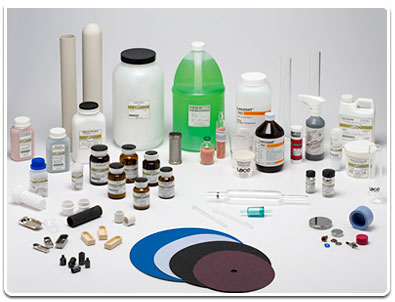Category-ALL
Subcategories
Support
Presentations & e-Seminars- Separation Science
Presentations & e-Seminars- Separation Science
Products ALL
Separation Science Mass Spectrometry
Separation Science Mass Spectrometry
Research Hype to Practical Analysis Part I: Benefits of Comprehensive Two-
Dimensional Gas Chromatography (GCxGC) for a Routine Laboratory
Authored by: Michelle Misselwitz
Comprehensive two-dimensional gas chromatography (GCxGC) is a technique that has been around for over 25 years. Some may argue that the technique has been over-hyped, and that it is a complicated research tool that doesn't fit into routine analytical laboratories. However, several routine validated GCxGC methods have demonstrated that the technique is accurate, precise, and robust. Research has shown the benefits of GCxGC in a wide variety of applications (e.g. environmental, metabolomics, petroleum, food safety, fragrance). The benefits include increased peak capacity (i.e. resolution), structured two-dimensional chromatograms (i.e. contour plots), and sensitivity enhancement. The merits of GCxGC as a separation science are clear, but how will it benefit a routine laboratory? Multiple analyte classes can be combined into a single analysis to save instrument and sample preparation time. Manual review time for non-target screening methods can be reduced with the increased
peak resolution of a GCxGC analysis by creating a better library match leading to faster, more confident peak identification. Sample characterization is improved with a GCxGC analysis which increases confidence in decisions based on analytical results. The extra resolution afforded by the GCxGC analysis allows the use of more economical detectors, like the flame ionization detector (FID) or electron capture detector (ECD).
Learn more by downloading the free white paper below
Benefits of Equipping your Lab with a Time-of-Flight Mass Spectrometer
Authored by: Michelle Misselwitz
Mass spectrometers are perhaps the greatest tool available for the analytical chemist. With the ability to ionize, sort, and measure complex chemical mixtures by their mass-to-charge ratio (m/z) with femtogram (fg) to nanogram (ng) sensitivity, it is no wonder that mass spectrometers are widely used across many industries. The mass spectrometer can be divided into three main components: ionization source, mass analyzer, and detector. While the functions of the ionization source and detector are extremely important to the function of the mass spectrometer, it is the selection of the mass analyzer that can be tailored to meet data quality objectives. Sample matrix, required detection levels, target or non-target analysis, and budget all play an important role when selecting a mass analyzer. There are typically four types of mass analyzers to choose from: time-of-flight, quadrupole, ion trap and magnetic sector.
A time-of-flight mass spectrometer (TOFMS) is ideal for discovering new compounds in your sample, quantifying targeted compounds in complex samples, and increasing throughput with fast chromatography. Learn more by downloading the free white paper below!
Metallographic Science
Metallographic Science
Metallography: A Tool for Quality Control
Authored by LECO Corporation and Dr. Lee Dillinger
Metallography is the preparation of specimens for microscopic examination and then the study of the microstructure in relation to the physical and mechanical properties of that particular alloy. This is a text book definition and to one schooled in metallography makes good sense, but in layman’s terms what does itmean? Key words in the definition are "preparation", "microstructure", and "physical and mechanical properties". Preparation involves taking a piece of metal, cutting off a small representative piece, and imbedding it in some molding material because the piece is usually too small to handle conveniently. Next it is ground with several successively finer abrasive grits, polished until all the scratches from the last grind are removed, subjected to a corrosive environment (usually acidic), then viewed on a microscope at magnifications ranging from 50 to 1500 diameters. Microstructure is the microscopic structure of the polished and etched specimen. Physical and mechanical properties deal with hardness, hardenability, ductility, and tensile strength, and all relate to how the material will perform in its designed purpose.
Used & Demos
Used & Demos
Ceramics
Ceramics
Analytical Science
Analytical Science
Use LECO analytical instruments for chemical analysis and you'll discover why so many chemists worldwide trust us to help them deliver fast, accurate results. Innovative determinators for carbon, sulfur, hydrogen, nitrogen, and oxygen analyze organic and inorganic/metal samples, glow discharge spectrometers perform bulk and/or quantitative depth profile analysis, and analyzers precisely measure fat, protein, ash/moisture, mercury, and calorific value. All so you can do your job with confidence.
Employment Positions
Employment Positions









